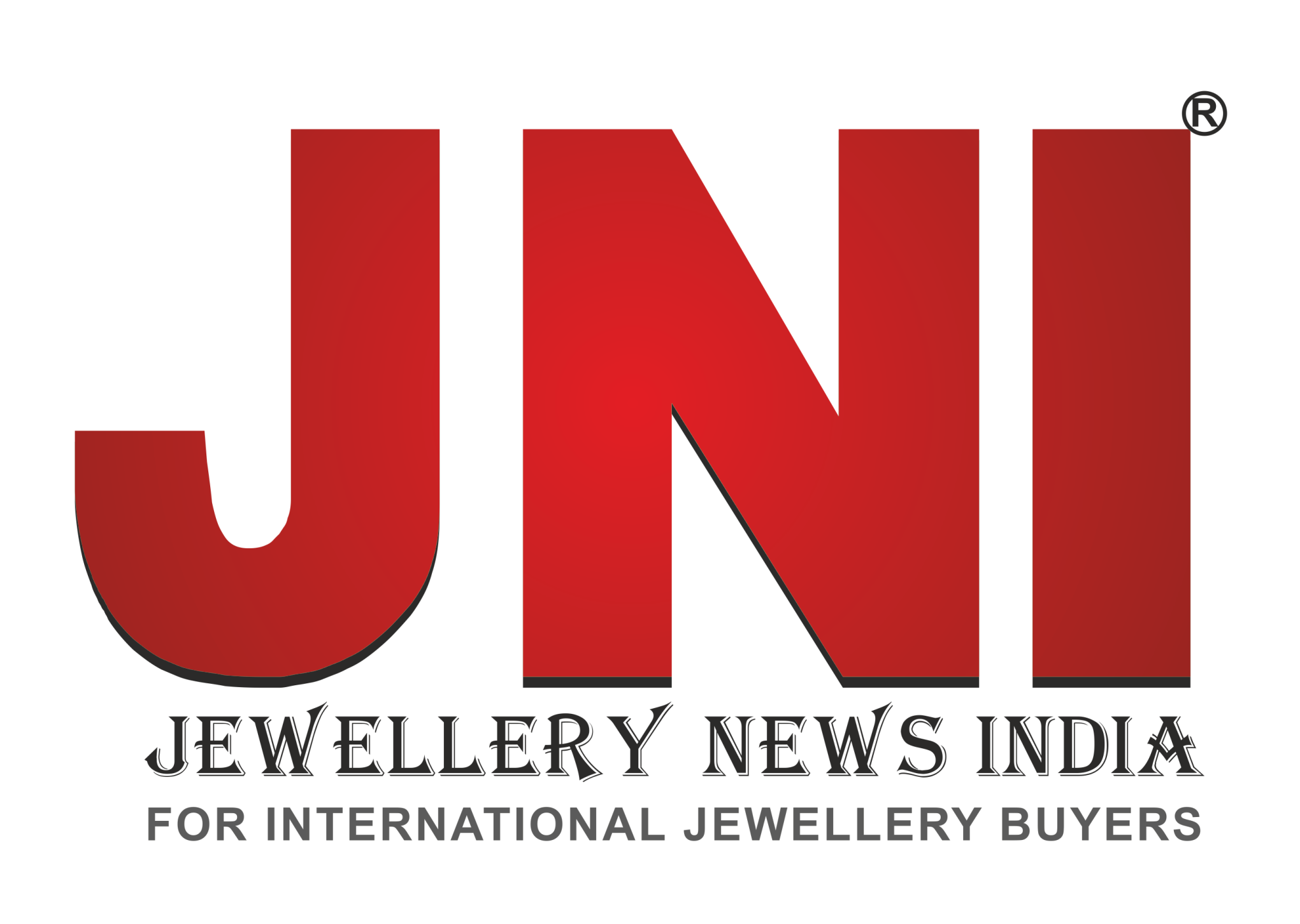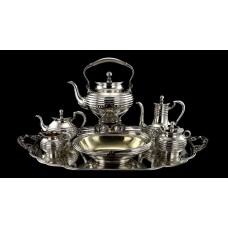Tumbling silverware demand in globe by 9%
Global silverware demand fell by a notable 9% last year to 59.8Moz (1,860t), but that was still the second highest total this decade. The drop was almost entirely down to India’s 11% decline. Increases were rare, with the only notable example being Turkey’s export-led 36% jump. Widespread losses remain the order of the day for this year, with the total currently forecast to fall another 9% and again largely down to the decline India faces.
After rising for two consecutive years Indian silverware fabrication dropped by 11% to 41.2Moz (1,282t) in 2019, its largest annual decline over the past decade. This reflected two key factors, the economic slowdown and the growing liquidity crunch. Taking each in turn, the Indian economy grew by just 4.7% in Q4, 2019, its slowest pace in nearly six years, while unemployment rose to a 45-year high of 6.1%.
The slowdown was one of three factors that helped to further reduce the amount of liquidity in the wider economy and therefore also the silver supply chain. A second issue that reduced the availability of cash was the delay in Goods and Service Tax (GST) credits being refunded. Finally, the increase in corporate debt meant that banks were increasingly reluctant to lend to the trade. Together, this negatively impacted both consumer demand and also purchases by companies.
As for key trends within the market, sterling silverware continued to take market share last year. As a result, the average purity of silverware sold in India now stands at 80-85% compared to 60-65% just a few years ago. Another key development has been the increasing popularity of silver as a piece of furniture, with much of this channeled through interest from architects in cities such as Mumbai, Delhi and Bangalore.
Turning to 2020, we forecast silverware demand to fall by 9%, largely due to the negative impact of Covid-19, which will weigh on an already slowing economy. While the first half of the year is likely to witness a sharp fall in demand, we forecast a marginal recovery in the second half driven by festive and wedding related buying.
After two years of modest growth, Chinese silverware fabrication saw a small drop of 4% in 2019 to 3.3Moz (103t). This reflected market saturation, weaker consumer sentiment and fierce competition, which weighed on profits. Looking ahead, we expect demand to suffer more acutely in 2020 in light of reported sales losses to-date, the broader economic slowdown and faltering consumer sentiment throughout the rest of this year.
Europe’s silverware demand in 2019 fell once more, slipping 5% to 3.9Moz (123t) or 45% less than volumes in 2010. Last year’s drop was again driven by further losses in mass market items, with industry contacts typically a seeing declines of 10-20% as the structural slide in this area continues.
In contrast, output for the top-end brands and religious bodies, orders for custom made items and artisans’ production were stable if not up. For many producers, these “niches” are now bigger than the “mass” market. US demand also fell last year, if only by 1%, partly due to still solid religious off take. In the Middle East, silverware fabrication rose by 9% in 2019 to 2.4Moz (76t). This was driven by Turkey and in particular its export sector. The region’s demand is forecast to drop by 8% in 2020 as the broader economic slowdown and weak consumer sentiment hit Turkish exports.




